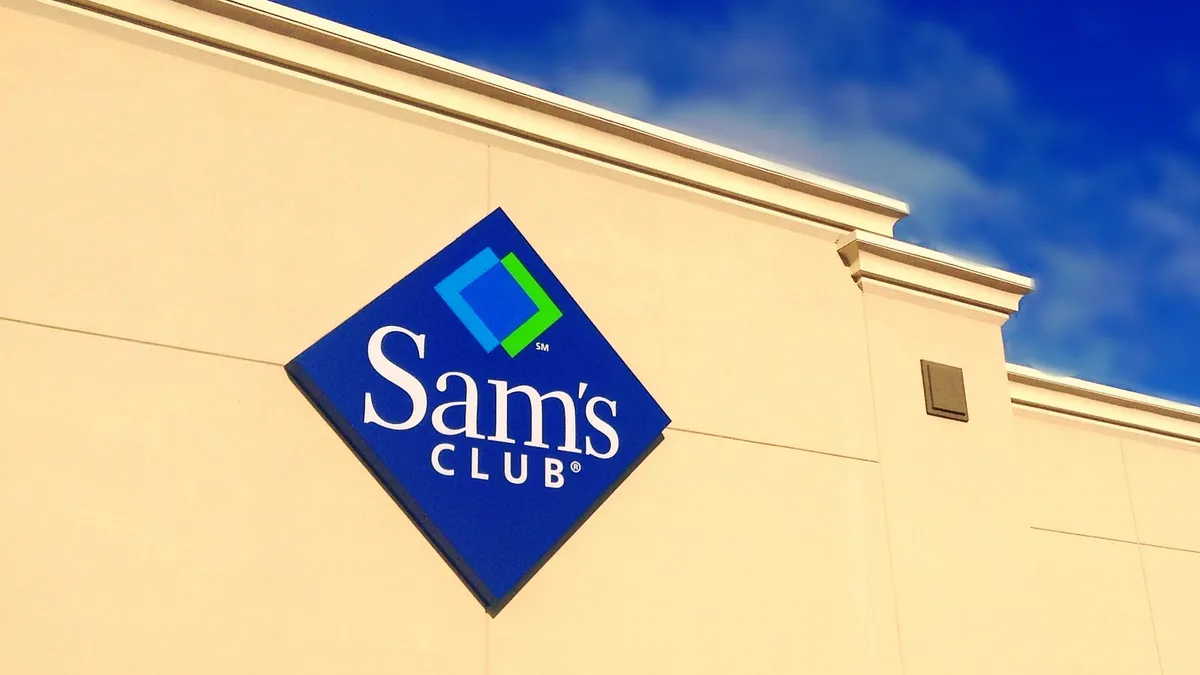Dive Brief:
-
Warehouse retailer Sam’s Club, a division of Wal-Mart, is boosting its team of regional buyers to increase offerings of local and organic groceries, with aspirations of locally sourcing 30% of goods on offer in some areas, Reuters reports.
-
Sam’s Club has so far relied on buyers at Wal-Mart’s Bentonville, AR headquarters, but is hiring buyers in Dallas and other areas to find items from more local sources, Sam’s Club chief merchandising officer John Furner told Reuters.
-
The effort, which mimics rival Costco’s successful approach, is part of the Sam's Club's push to reach wealthier shoppers, according to Reuters.
Dive Insight:
As Reuters notes, Costco also enjoys another advantage that draws wealthier shoppers—its stores are more often located closer to wealthier areas than where Sam’s Club or Wal-Mart stores are found.
Kantar Retail’s Sara Al-Tukhaim told Reuters that Costco’s practice of locally sourcing much of its groceries is a key driver for that warehouse retailer. "If I'm a shopper and I'm paying for a membership, I want only the most relevant items in the club. I want something that speaks directly to me," Al-Tukhaim said. "Costco has had a very longstanding regional buying structure where they have been able to do that.”
According to Reuters, one Kantar survey found "high quality perishables" including meat and fresh prepared meals drove about a third of Costco’s membership renewal, while similar items at Sam's Club drives membership renewal 23% of the time.
But it’s not clear that adjusting its sourcing will do the trick for Sam’s Club.
Columbia University business school retail studies professor Mark Cohen told Retail Dive last year that Costco also pays its employees extremely well compared to others in the industry—and above what Wal-Mart is aiming for, even with its new wage increases—and as a result enjoys a reputation for stellar customer service.
“Costco keeps making money because they load those aisles with really high-value merchandise and pay their associates a lot of money,” Cohen said. “And Costco’s associates are helpful and informed, as opposed to nasty, hostile or absent.”
While Wal-Mart CEO Doug McMillon said last year that the company aims to make changes that will attract more wealthier shoppers to its stores, experts have told Retail Dive that could be a tall order, considering the company’s corporate culture, its massive scale and the danger of alienating its core customer, which tends to be a middle-income to lower-income consumer.
Sam’s Club, as a smaller unit, could be the place to start for Wal-Mart. In any case, while sources told Reuters that the ultimate goal is to source as much as 30% of its local and organic food offerings regionally, Furner told Reuters that for now the experiment will reside in Dallas, to see how things go.










